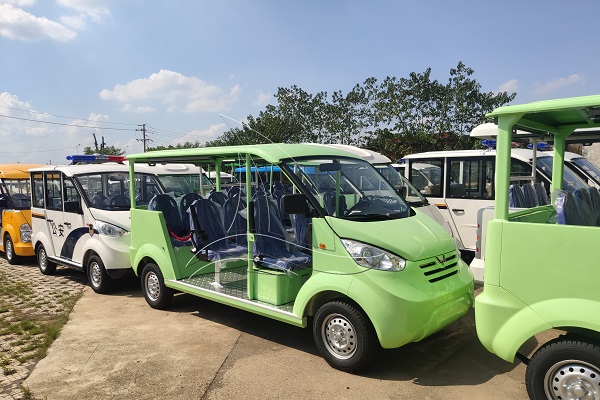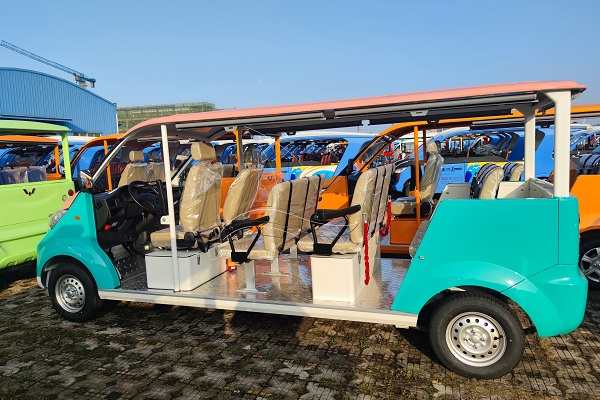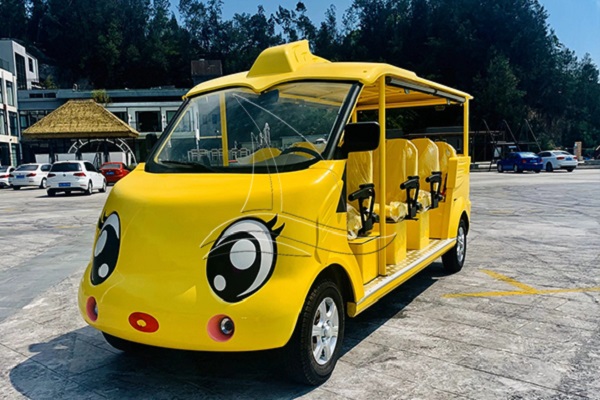As a leading manufacturer in the tourism vehicle industry, DINIS Tourist Car Manufacturer has been at the forefront of developing innovative solutions that cater to the evolving needs of tourism operators worldwide. In recent years, the conversation has increasingly shifted towards sustainability and efficiency, leading to a burgeoning interest in electric vehicles (EVs). However, as we step into 2025, the question remains: are gasoline sightseeing cars still a cost-effective option?

The Current Landscape
Gasoline-powered sightseeing vehicles have long been the backbone of tourist transportation, appreciated for their reliability, range, and established infrastructure. They offer several advantages that still hold significant value today. For many operators, the initial lower purchase cost of gasoline vehicles compared to their electric counterparts is a decisive factor. Furthermore, gasoline vehicles benefit from a well-established refueling network, ensuring that operators can conduct tours in remote areas without the fear of running out of power.
Cost Considerations
While the cost of gasoline has fluctuated over the years, advancements in engine efficiency have helped mitigate some fuel expenses. Moreover, the maintenance and repair costs for gasoline vehicles are often lower than those for electric vehicles, which require specialized technicians and parts. This factor makes gasoline sightseeing cars an attractive option for operators in regions with limited access to EV service centers.
Market Dynamics and Consumer Expectations
Despite these advantages, the market dynamics are rapidly changing. The global push towards reducing carbon emissions has led to stricter environmental regulations and incentivized the purchase of electric vehicles. In many regions, governments are offering substantial subsidies and tax breaks for EVs, making them more financially viable in the long term. As public consciousness about environmental sustainability grows, tourists are increasingly preferring operators who demonstrate a commitment to green practices.

The Electric Appeal
Electric tourist cars, like those offered by DINIS Tourist Car Supplier, present a compelling case with their zero emissions, quieter operation, and lower long-term energy costs. The advancements in battery technology have significantly extended the range and reduced charging times, addressing some of the initial limitations of electric sightseeing vehicles. Additionally, as the infrastructure for EV charging expands, the operational flexibility of electric tourist cars continues to improve.
A Balanced Approach
At DINIS, we recognize the diverse needs of our clients. While the trend leans towards electrification, we continue to support the demand for gasoline-powered vehicles, understanding their role in specific scenarios where they remain the practical choice. Ultimately, the decision between gasoline and electric should be informed by operational context, tour duration, geographic location, and customer expectations.

Conclusion
In 2025, gasoline sightseeing cars remain a cost-effective option for operators who require the established reliability and infrastructure support they offer. However, with the increasing availability of incentives and the growing importance of sustainability in consumer decision-making, the shift towards electric vehicles is undeniable. DINIS Tourist Car Manufacturer is committed to providing diverse and innovative solutions, ensuring our clients can make informed decisions that align with both their operational needs and environmental goals. Whether gasoline or electric, our priority remains delivering high-quality, reliable, and efficient transportation solutions for the tourism industry. Click here to learn more about Dinis gasoline sightseeing cars: https://www.tour-cart.com/product/gasoline-sightseeing-car/
Leave a Reply